Trigger Point Therapy - Supraspinatus

Supraspinatus Trigger Points - Dr. Jonathan Kuttner MD
Trigger points in supraspinatus typically cause deep pain in the lateral shoulder, forearm, and wrist
The supraspinatus works in conjunction with the deltoid to produce abduction at the glenohumeral joint.
Because of its insertion superiorly onto the greater tuberosity, the muscle pulls the humeral head into the glenohumeral joint, thereby providing the stability needed while the deltoid (pulling halfway down the humerus) abducts the arm.
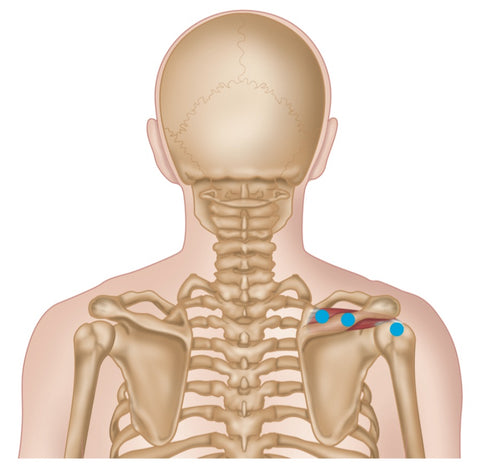
Supraspinatus - Common Trigger Point Sites
How to Dry Needle the Supraspinatus - Dr Jonathan Kuttner
Trigger Point Signs and Symptoms
Deep pain is reported in the lateral shoulder, forearm, and wrist. Radiating pain into the lateral epicondyle can lead to a misdiagnosis of tennis elbow (lateral epicondylitis), while the shoulder pain can be mistaken for bursitis.
Difficulty combing the hair or raising the arm in flexion are signs of the presence of myofascial trigger points.
Anatomy
A member of the rotator cuff, which comprises the supraspinatus, infraspinatus, teres minor, and subscapularis.
The rotator cuff helps hold the head of the humerus in contact with the glenoid cavity (fossa, socket) of the scapula during movements of the shoulder, thus helping to prevent dislocation of the joint.
Origin
Supraspinous fossa of scapula.
Insertion
Upper aspect of greater tubercle of humerus. Capsule of shoulder joint.
Action
Initiates process of abduction at shoulder joint, so that deltoid can take over at later stages of abduction.
Antagonists: infraspinatus, teres minor, pectoralis major, latissimus dorsi.
Nerve
Suprascapular nerve, C4, 5, 6, from upper trunk of brachial plexus.
Basic Functional Movement
Example: holding a shopping bag away from side of body.
Trigger Point Referred Pain Patterns
Belly: deep ache in regimental badge area (4–6 cm). Ellipse leads to zone of pain in lateral epicondyle/radial head. Diffuse pain into lateral forearm.
Insertion: localized zone of pain 5–8 cm over deltoid.
Indications
Loss of power in abduction; painful arc syndrome; night pain/ ache; subacromial bursitis; rotator cuff tendinopathy; deep aching in shoulder which can extend to elbow (i.e. tennis elbow) and occasionally to thumb side of wrist; can be confused with De Quervain’s tenosynovitis; pain on initiation of lifting shoulder sideways; inability to reach behind back; clicking/snapping sounds in shoulder joint.
Common Causes
Carrying heavy objects (e.g. bags, laptops, suitcases) over long distances; heavy lifting from floor to trunk of car; carrying with arms above head; sleeping positions with arms above head; dogs pulling on leash; falls on outstretched arm (e.g. skiing), washing/combing hair; moving heavy furniture; repetitive strain injury (RSI); prolonged computer keyboard use.
Differential Diagnosis
Phase 1 capsulitis. C5–C6 radiculopathy. Subacromial bursitis (adhesive). Calcific tendonitis. Calcium boils. Rotator cuff tendinopathy. Biceps tendonitis.
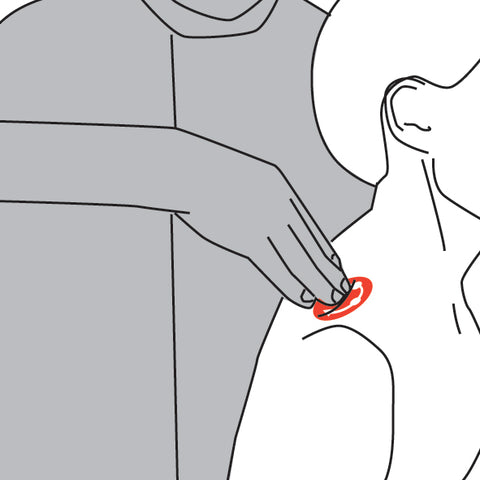
Trigger point therapy protocols include compression, deep stroking massage, muscle energy techniques, stretching and medical exercise.
Trigger Point Treatment Techniques
| Spray and Stretch | YES |
| Compression | YES |
| Deep Stroking Massage | YES |
| Muscle Energy Techniques | YES |
| Positional Release | YES |
| Dry Needling | YES |
Find a Trigger Point Professional in your area
Dry Needling for Trigger Points
Certify as a Trigger Point Therapist
NAT Trigger Point Master Course - Online
NAT Anatomy of Pain TrPt Master Course - Online
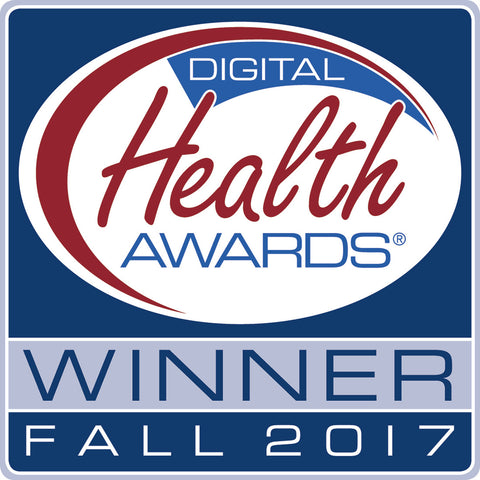
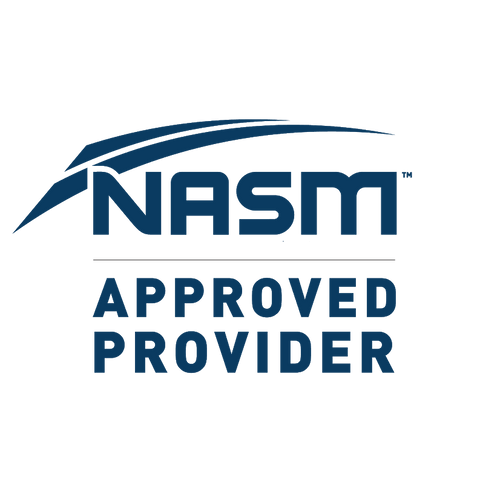
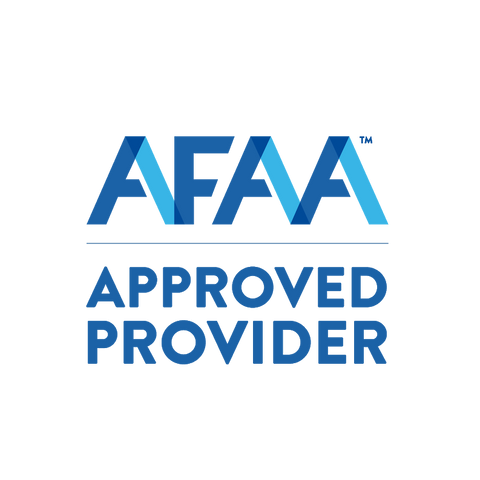
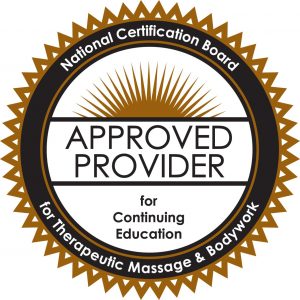
This trigger point therapy blog is intended to be used for information purposes only and is not intended to be used for medical diagnosis or treatment or to substitute for a medical diagnosis and/or treatment rendered or prescribed by a physician or competent healthcare professional. This information is designed as educational material, but should not be taken as a recommendation for treatment of any particular person or patient. Always consult your physician if you think you need treatment or if you feel unwell.
About Niel Asher Education
Niel Asher Education (NAT Global Campus) is a globally recognised provider of high-quality professional learning for hands-on health and movement practitioners. Through an extensive catalogue of expert-led online courses, NAT delivers continuing education for massage therapists, supporting both newly qualified and highly experienced professionals with practical, clinically relevant training designed for real-world practice.
Beyond massage therapy, Niel Asher Education offers comprehensive continuing education for physical therapists, continuing education for athletic trainers, continuing education for chiropractors, and continuing education for rehabilitation professionals working across a wide range of clinical, sports, and wellness environments. Courses span manual therapy, movement, rehabilitation, pain management, integrative therapies, and practitioner self-care, with content presented by respected educators and clinicians from around the world.
Known for its high production values and practitioner-focused approach, Niel Asher Education emphasises clarity, practical application, and professional integrity. Its online learning model allows practitioners to study at their own pace while earning recognised certificates and maintaining ongoing professional development requirements, making continuing education accessible regardless of location or schedule.
Through partnerships with leading educational platforms and organisations worldwide, Niel Asher Education continues to expand access to trusted, high-quality continuing education for massage therapists, continuing education for physical therapists, continuing education for athletic trainers, continuing education for chiropractors, and continuing education for rehabilitation professionals, supporting lifelong learning and professional excellence across the global therapy community.

Continuing Professional Education
Looking for Massage Therapy CEUs, PT and ATC continuing education, chiropractic CE, or advanced manual therapy training? Explore our evidence-based online courses designed for hands-on professionals.




















